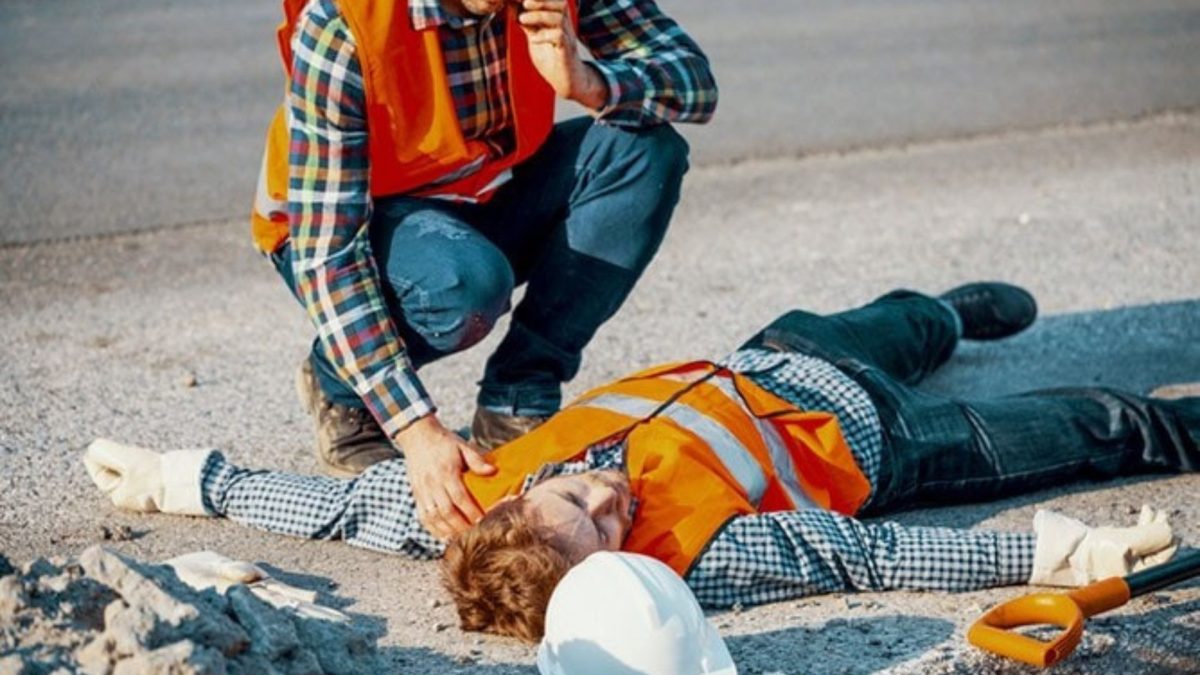Heat Stroke
Heatstroke is a condition caused by your body overheating, usually as a result of prolonged exposure to or physical exertion in high temperatures. This most serious form of heat injury, heatstroke, can occur if your body temperature rises to 104 F (40 C) or higher. The condition is most common in the summer months.
Heatstroke requires emergency treatment. Untreated heat stroke can quickly damage your brain, heart, kidneys and muscles. The damage worsens the longer treatment is delayed, increasing your risk of serious complications or death.
NOTE: Pesticide poisoning and heat stroke have similar symptoms. This is more likely to occur in agriculture. If there is any doubt about the illness, get medical help immediately. Both pesticide poisoning and heat stroke can be life-threatening and require prompt treatment.
Signs and Symptoms:
- Dry, pale skin,
- Sweating may still be present
- Nausea and vomiting
- Hot, red skin (looks like sunburn)
- Mood changes, irritability, confusion, and not making any sense
- Seizures or fits
- Collapse (will not respond)
- High temperature (104° F or higher)
What to do if someone is experiencing a heat stroke…
Call for emergency help (ambulance or 911). This is a life threatening emergency.
- Move the person to a cool, shaded area. Don’t leave the person alone. Lay him on his back and if the person is having seizures, remove objects close to him so he won’t hit them. If the person is sick to his stomach, lay him on his side.
- Remove heavy and outer clothing.
- Have the person drink small amounts of cool water if he is alert enough to drink anything and not feeling sick to his stomach.
- Try to cool the person by fanning him or her. Cool the skin with a cool spray mist of water, wet cloth, or wet sheet.
- If ice is available, place ice packs in the armpits and groin area.

